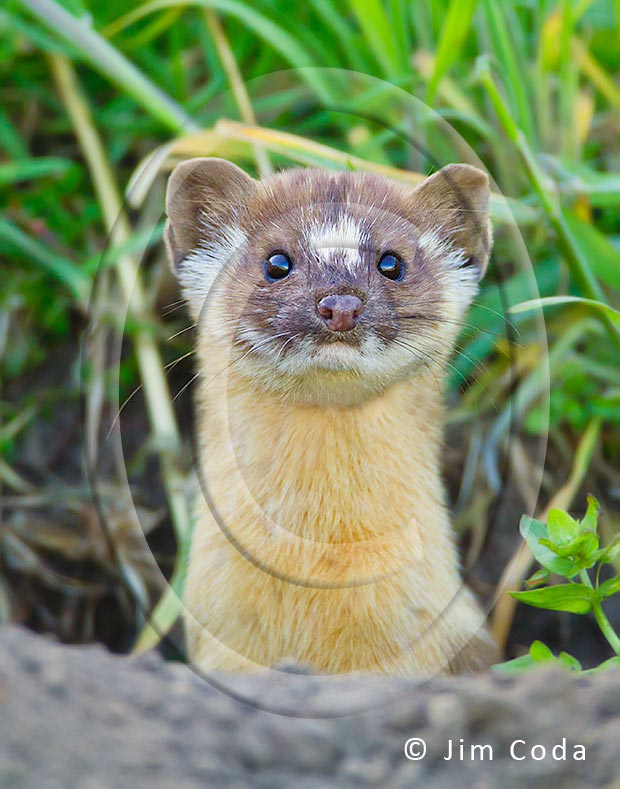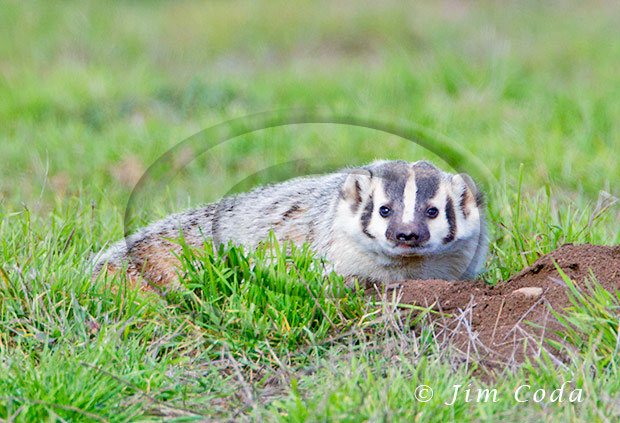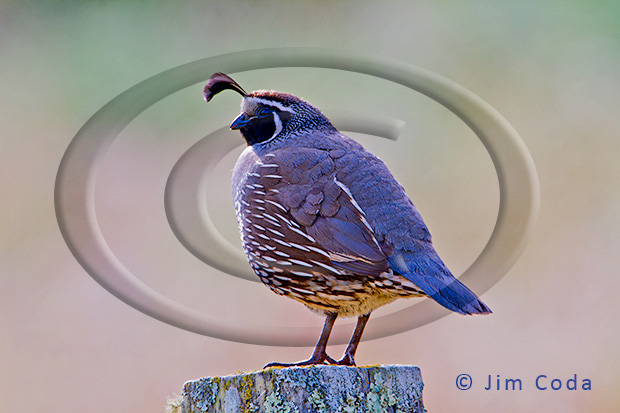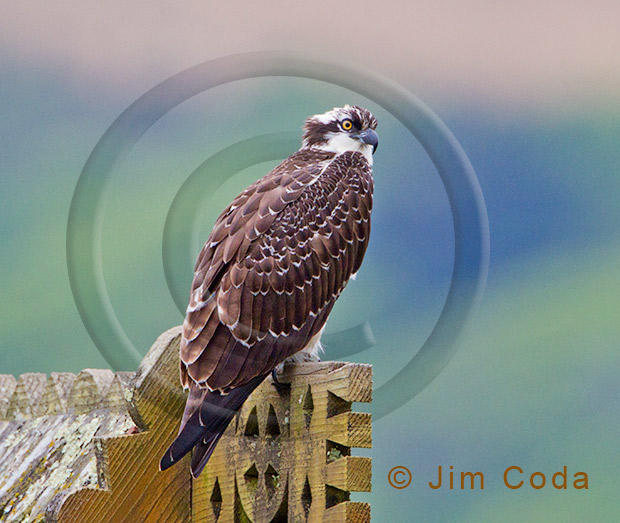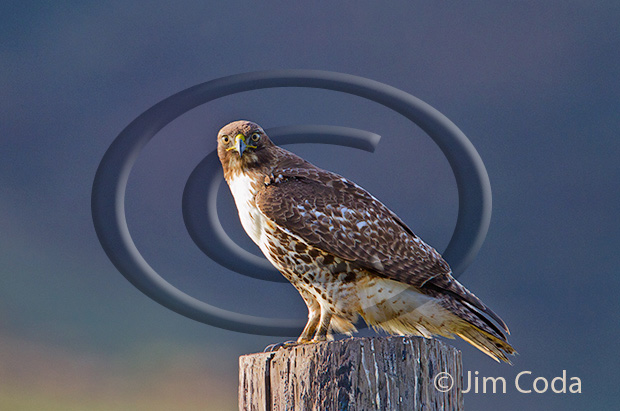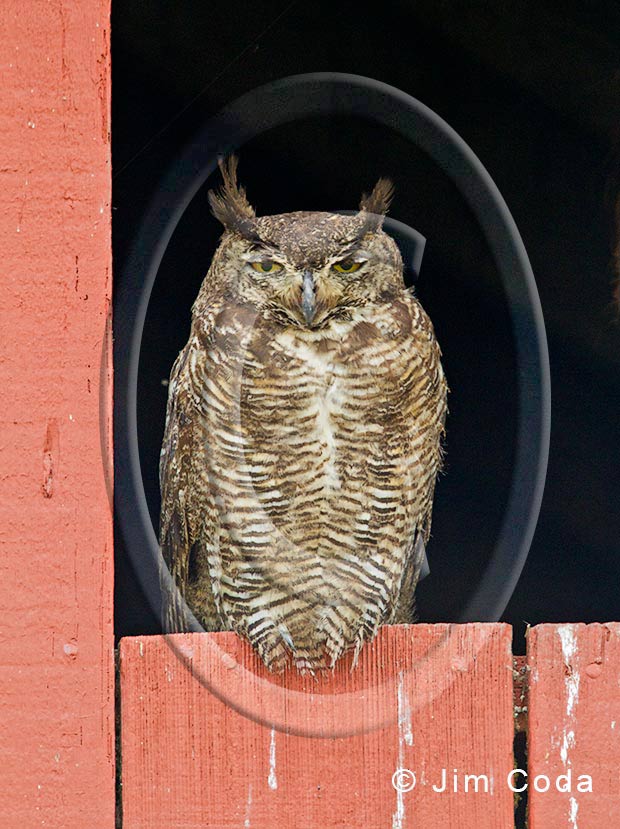Wet Coyote, Yellowstone National Park

The snow that fell yesterday was sticking when it landed on vegetation, but not on the roads or animals. This coyote was probably hoping it would either get colder or warmer. It looks soaked. The temperature ranged between 30 and 35 degrees. It’s about the same today. There was about four inches of snow on my car this morning and it was still snowing. Fortunately, it’s let up, at least for now.

